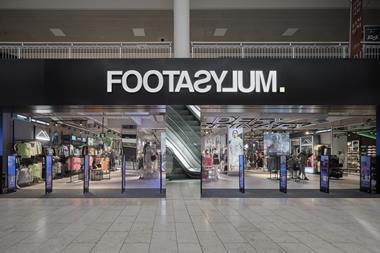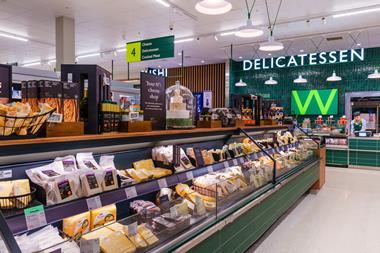In retail, the terms ‘authentic’, ‘heritage’, ‘tradition’ are generally used to cast a halo of nostalgic wellbeing over products and store interiors that might otherwise appear a trifle mundane.
Q: How many times have you heard the following words? ‘Authentic’, ‘heritage’, ‘tradition’?
A: The chances are good that if you’re in the food, fashion or retail design sectors the answer will be rather a lot.
Now try and think about the context in which you have either heard or seen these terms. Generally, they are used to cast a halo of nostalgic wellbeing over products and store interiors that might otherwise appear a trifle mundane. And here’s how it works. If you’re a supermarket, the trick is to put your fresh fruit and veg into wicker baskets and possibly to do the same with freshly baked (on the premises, natch) produce. This is what a food retailer means when they talk about “authenticity”.
Only one minor quibble about this. Exactly what is it that is authentic and why, say, should it be any more authentic than, for example, a hyper-modern and sleek interior of the kind evinced by Apple? In truth, there is probably very little about either that isn’t authentic if being authentically Apple or authentically wicker basketed is what this means.
The thing is, it doesn’t. ‘Authentic’ is used by retailers and designers in much the same way as ‘iconic’ is used by unthinking journalists: it means little and conveys virtually nothing other than a desperation to deploy the buzz-word of the moment.
Now consider “heritage”, the ‘h’ word. This term is used whenever a brand is more than perhaps 10 years old and, unsurprisingly, is frequently to be encountered alongside a date of establishment - from way back when - maybe the 1980s. You don’t actually have to be very old to see through this one, particularly given that recently the UK’s population tipped over with more than half of it being 50+.
Yet somehow, this is overlooked and jeans brands, in particular, use the h word wholesale, irrespective of age, safe in the belief that it will make people want to buy more and appreciate the store interiors that use this label.
So here’s a summary. If something is ‘authentic’, it probably isn’t. If a store design reflects a brand’s ‘heritage’, it doesn’t. These are words, nothing more, and if you’re a retailer confronted by a design consultancy sprouting this kind of nonsense, it may well be time to review your agency roster. Apologies if this sounds like an authentic rant, but ‘honesty’ (a word less commonly deployed), if used properly, is generally a good thing.


























3 Readers' comments